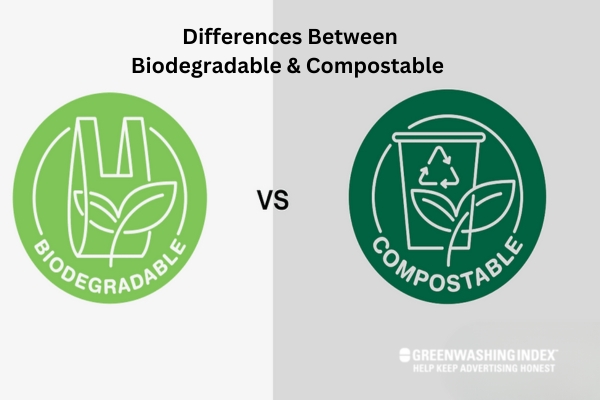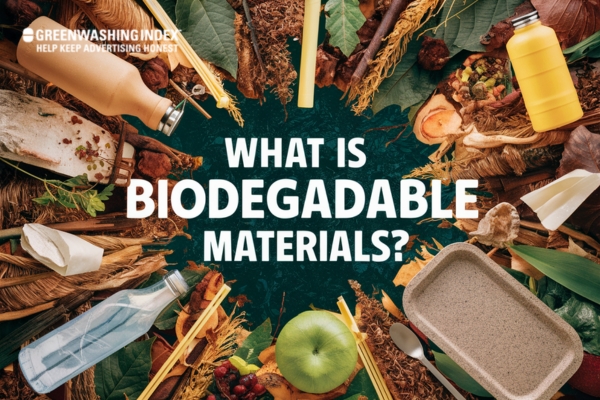

You’re at a picnic, and after a delightful meal, you’re left with heaps of waste. Ever wonder if tossing those leftovers into the trash is the best move? What if I told you there’s a way to make your waste kinder to our planet? Yes, that’s where the differences between biodegradable and compostable materials come into play.
In this article, we’ll navigate through what makes these materials special and how they can impact the environment. Join me as we delve into this intriguing topic and discover how your choices can make a difference!
Biodegradable materials are substances that naturally break down over time through the action of living organisms like bacteria and fungi. These materials decompose into simpler organic matter, integrating back into the environment without causing harm. The breakdown process is influenced by factors such as temperature, moisture, and the presence of microorganisms.

Common examples include food scraps, paper, and specially designed plastics. By decomposing naturally, biodegradable materials help reduce waste and pollution, making them an environmentally friendly choice.
Compostable materials are special types of biodegradable substances that break down into nutrient-rich compost. These materials require specific conditions to decompose effectively. Adequate moisture, oxygen, and the right temperature are crucial for this process. Often, these conditions are achieved in industrial composting facilities. Unlike general biodegradable items, compostable materials don’t leave harmful residues behind.
This makes them an environmentally friendly choice, as they contribute positively to soil health. Understanding the specific conditions needed for composting ensures that these materials reach their full potential in reducing waste and enriching the environment.
Biodegradable and compostable materials are often confused, yet they represent distinct processes and outcomes in waste management. Understanding their differences is crucial for making environmentally responsible choices.

While all compostable products are biodegradable, not all biodegradable products can be composted. Here are the key differences:
Using biodegradable and compostable products offers numerous environmental benefits that contribute to sustainability and waste reduction. These alternatives to traditional plastics help minimize pollution, reduce landfill waste, and lower carbon emissions. By choosing these materials, individuals and businesses can play a significant role in promoting a healthier planet.
Here are some key benefits:
| Misconception | Clarification |
|---|---|
| All biodegradable items are compostable | All compostable products are biodegradable, but not all biodegradable items meet composting standards. |
| Biodegradable plastics break down in any environment | Certain biodegradable plastics require specific conditions, such as industrial composting settings, to decompose properly. |
| All biodegradable products break down at the same rate | The time it takes for biodegradable products to break down varies based on their composition and environmental conditions. |
Understanding the differences between biodegradable and compostable materials is crucial for making informed environmental choices. Biodegradable materials break down naturally, while compostable ones require specific conditions to transform into nutrient-rich compost.
Both types of materials offer significant environmental benefits, helping reduce waste and promote sustainability. By being informed, we can make smarter decisions to positively impact our planet.
If you found this information helpful and want to learn more about sustainable living, explore our other blogs for more insights and tips. Dive into our content to continue your journey towards a greener lifestyle!
